Bill Gates did it in the 1970s, Mark Zuckerberg did it in the 2000s. Dropping out of university to start a business may not be a tale you wish to tell the parents, but it seems to be a common trait shared with many successful entrepreneurs. Doing it ‘before it was cool’ was Edwin Land, a talented academic who left Harvard in the 1920s to pursue his passion of creating a glare-free lens. The result was the creation of Polaroid.
The brand is now celebrating its 80th anniversary, a birthday badge worn by only a select few eyewear manufacturers. So what is the secret to its success? Head of northern region and global key accounts for Safilo, the company that owns the brand, Frederic Laffort says it is all down to the brand’s heritage. ‘The story behind the brand is quite unique. It was not a multi-national company creating Polaroid but just one man who had a vision and decided to find a solution to remove the glare and polarise the lens. Not many brands like this can celebrate an 80th anniversary, it’s been a great 80 years.’

A brand’s heritage means it can be kept alive thanks to a combination of reputation and an understanding of what it can offer the consumer. Yet Laffort (pictured left) admits there is no guarantee that the consumer will understand the benefit of a glare-free lens and therefore differentiate it from any other eyewear manufacturer on the market. He says: ‘It’s very true that customers don’t always identify and understand what polarised is, but we use that as a reason to educate and explain how polarisation works and what the benefits are.’
A simple yet effective way to demonstrate the benefits is the grey tester sticker found on all Polaroid cases which appears to show symbols when looked at through a polarised lens. Laffort says: ‘It’s a simple way to explain what the benefit is all about but of course I think the best way to experience the brand is outside. My kids love sailing and fishing and when we go to the beach they want to wear polarised lenses because it means they can see more through the water. It makes a big difference when you are experiencing things like that.’

Although a brand with a long-standing heritage may be trusted, there is no guarantee it will not become outdated. Polaroid is working hard to avoid this by wedging its way into the most popular market for younger generations: the bloggers. Love them or loathe them, bloggers influence consumer decisions by offering a trusted opinion and the brand is capitalising on this modern approach to reach its customers.
To go alongside a short video of the brand’s history, last month Polaroid launched a social media campaign featuring 250 bloggers from seven countries, all posting about Polaroid simultaneously. For Laffort and his team, it is something of an experiment. He says: ‘It’s the first time we have invested in the movie production and bloggers on such a scale. We are hoping that the bloggers will be able to shoot themselves wearing the frames in a nice way, which may then create a big buzz within social media.’
Laffort insists it is Polaroid’s style which keeps the brand a staple in the handbags and car glove compartments of generation after generation. He says: ‘We start with a very nice cutting edge frame, it’s easy to wear, good value and good material at the same time. That means we can reach out to a lot of new customers and eventually they will buy multiple Polaroid frames for holidays, at home, wherever.’
Safilo bought Polaroid back in 2012 and spent the first two years taking time to ‘understand the DNA of the brand’, specifically who its consumers were, why it deserves a place in the market and its benefit of being part of Safilo. As it is the largest in-house brand, it is easy to get the impression that Polaroid is the favourite child of the Safilo family. Laffort says: ‘For us it’s our biggest brand. Safilo has five core brands and in those brands Polaroid is the most important one with the biggest credentials and the one where we see an opportunity to grow very fast.’
The emphasis on Polaroid as a core brand is part of a Safilo-wide initiative in which the company aims to have a greater balance between licensed and core brands. By 2020, Safilo hopes 40% of its total business will span from its core brands, an increase of 15% from 2014. ‘Licences renew and run out and it can change very fast, you will always have a contract with an end date. But we know that our core brands belong to us and the more they expand, the better it is for us.’
It is easy to see Polaroid’s achievements over the last 80 years through rose-tinted glasses, yet like all business ventures, it has not always been an easy road. Just two months ago, the firm shut down its Scottish factory in Dumbarton after 50 years with a loss of 107 jobs. At the factory’s peak in the 1980s, it provided work for more than 2,000 people. The decision was mainly down to manufacturing costs, the case could no longer be made for the Scottish factory given a Chinese equivalent could produce the same product at a lower rate.
Laffort says: ‘The decision was made to relocate the manufacturing process to China as we already had a factory there producing for us and with the growing amount of orders, for the sake of simplification we had to move. China is top when it comes to efficiency, quality and standard so it just made sense for us.’
Laffort is well rehearsed when it comes to difficult questions about the brand and is instead keen to highlight any difficulties Polaroid may face as an opportunity rather than a challenge. He says: ‘I am positive and look at the glass half full most of the time. I’ve not seen anything we’ve done on the brand which isn’t working. That’s including trade activity and social media, it’s all working because we understand the DNA of the brand is unique and easy to understand by the consumer.’
Pushed on this further, Laffort admits that the greatest challenge, which he still insists is an opportunity, is convincing consumers of the importance of UV protection. ‘There are still a lot of consumers who are unaware of the importance of protecting your eyes, especially how important it is for children. For Safilo, it’s a really important time to get the brand to the next level and advocate the needs of the family to have good protection,’ he says.
Looking forward, Laffort hints at an expansion of both the optical and sunglass collections and the potential for the brand to become a regular feature in department stores up and down the country. Under the watchful eye of Safilo, it is clear Polaroid is more than ready to make the next step in its history, a success story not even Edwin Land could have seen, through a glare-free lens or not.
A brief history
1929 Edwin Land patents his invention of modern filters to polarise light and goes on to produce them for the use in sunglasses, car headlights and photography.
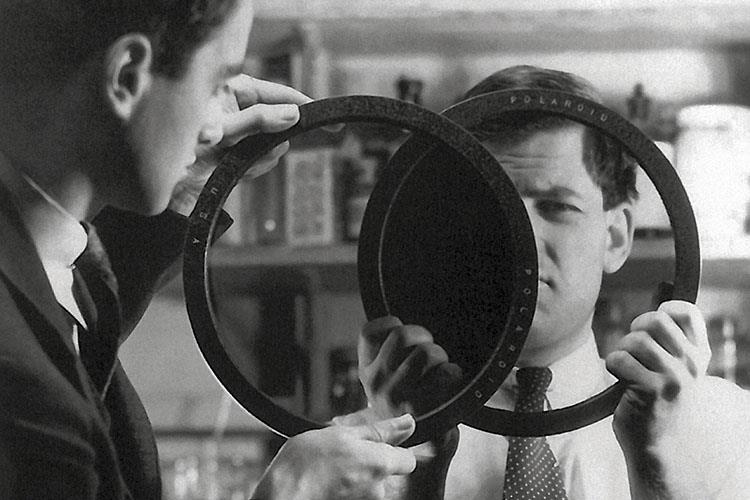
1937 The newly founded Polaroid Corporation sells its first pair of sunglasses. Two years later, it showcases the first 3D movie glasses.
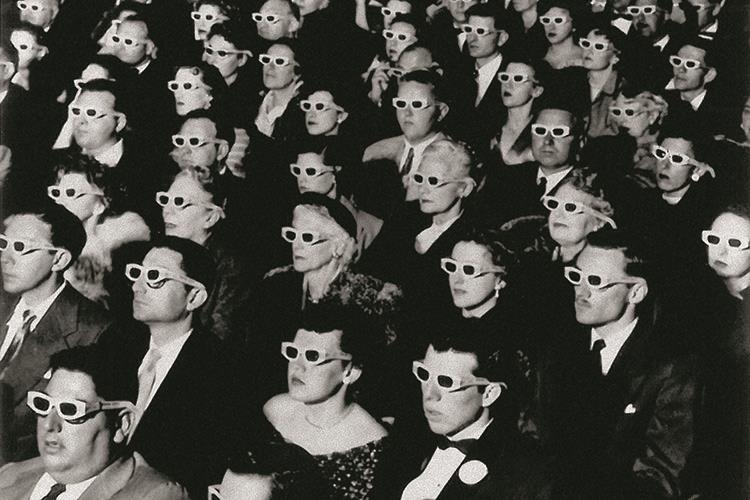
1940s Polaroid’s Air Force and sport goggles are worn by members of the American military and celebrities.
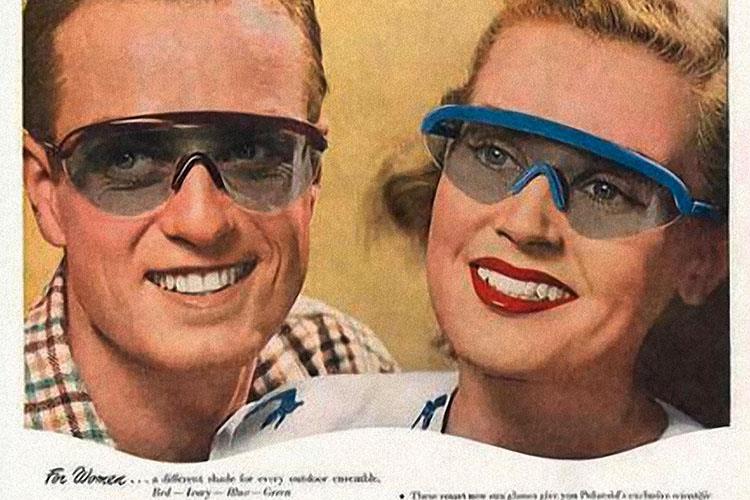
1950s The Cool Ray sunglass collection is launched, becoming a fashion staple in American homes and overseas over the next twenty years.
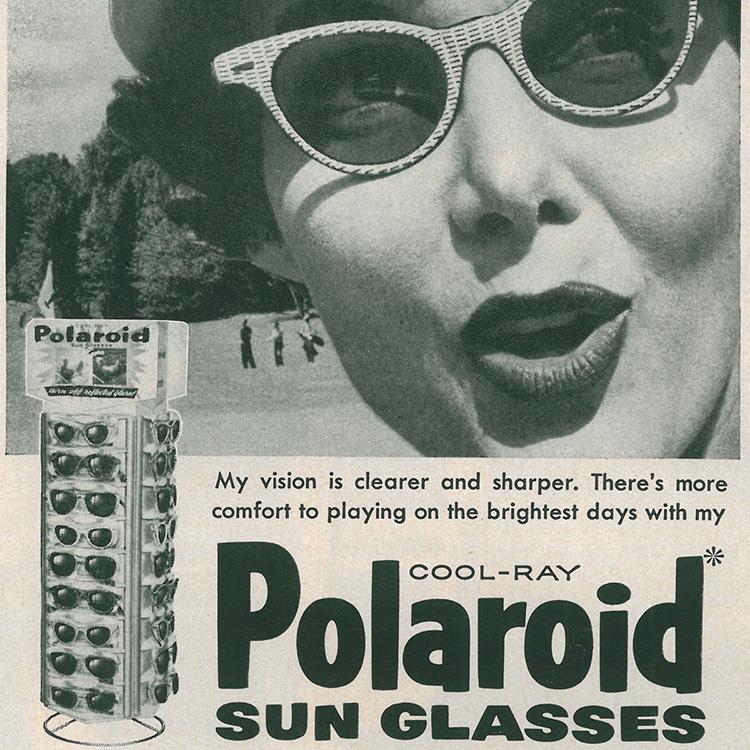
1972 Polaroid begins to roll out its exclusive press polishing technology to make its optical-class polarised lenses. New styles such as polarised gradient lenses emerge, having a long-term influence on the market.
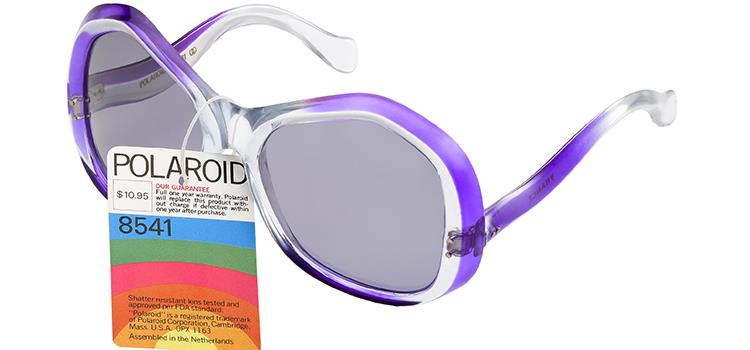
1980s Aviator styles with interchangeable lenses are released with the backing of celebrities such as
Boris Becker.
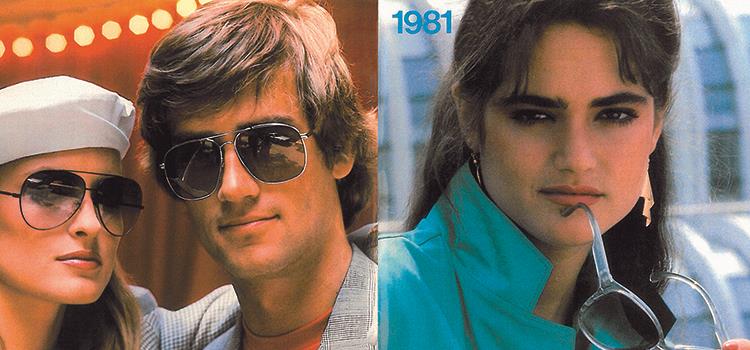
2000 Ultrasight premium polarised lenses are developed and introduced.
2012 Italian eyewear manufacturer Safilo buys Polaroid from StyleMark group for $87.5m.
